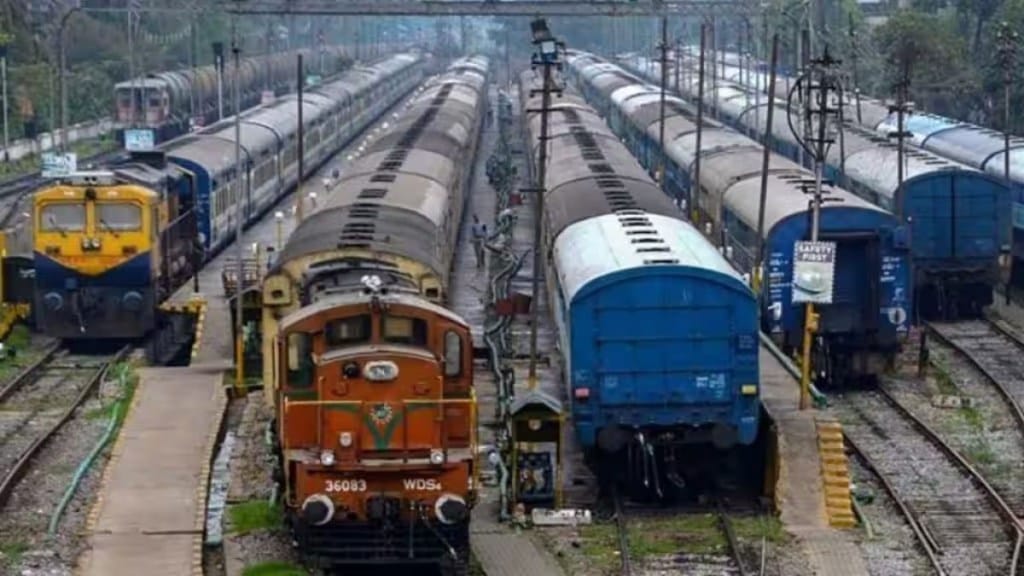The Cabinet Committee on Economic Affairs (CCEA), chaired by Prime Minister Narendra Modi, has approved significant railway projects with a combined estimated cost of Rs 6,798 crore, according to an official statement. These projects, which will enhance connectivity across key regions of India, are expected to spur socio-economic growth by improving both passenger and freight transport networks.
Project in Bihar
The first project involves the doubling of the Narkatiaganj-Raxaul-Sitamarhi-Darbhanga and Sitamarhi-Muzaffarpur sections, covering a total distance of 256 kilometres. This upgraded railway network will significantly strengthen the connectivity between India and Nepal, as well as provide vital links to Northeast India and other border areas. The project is set to facilitate the movement of both passenger and goods trains, which will contribute to the overall economic development of the region. By improving access to remote areas and speeding up the transportation of goods such as agricultural products, coal, iron ore, steel, cement, and fertilizers, this initiative will be a game-changer for the region’s economy.
Project in Andhra Pradesh
The second project focuses on the construction of a new rail line between Errupalem and Namburu via Amaravati, covering 57 kilometres. This new rail corridor will pass through the NTR Vijayawada and Guntur districts of Andhra Pradesh and the Khammam district of Telangana. It will provide crucial rail connectivity to 168 villages and serve approximately 12 lakh people with the establishment of nine new stations. Additionally, this new line will directly link to Amaravati, the proposed capital of Andhra Pradesh, making it a critical infrastructure development for the state.
Why are the projects essential?
Collectively, the two projects will increase the Indian Railways’ network by approximately 313 kilometres and cover eight districts across three states—Andhra Pradesh, Telangana, and Bihar. The initiatives will also serve two Aspirational Districts, Sitamarhi and Muzaffarpur, which are part of the government’s focused development programs. These areas will benefit from improved transport links, directly impacting approximately 388 villages and about 9 lakh people.
One of the key advantages of these projects is their potential to increase the transportation capacity of Indian Railways by 31 million tonnes per annum (MTPA). This will lead to enhanced freight traffic, while also contributing to India’s climate goals. The environment-friendly railway network is expected to reduce carbon dioxide emissions by 168 crore kilograms, the equivalent of planting 7 crore trees, as noted by the CCEA.
Both projects align with the PM Gati Shakti National Master Plan, which aims to improve multi-modal connectivity through integrated planning. This will ensure seamless movement of people, goods, and services across the country, helping to reduce logistics costs and enhance operational efficiency within India’s railway infrastructure.
(With inputs from ANI)

